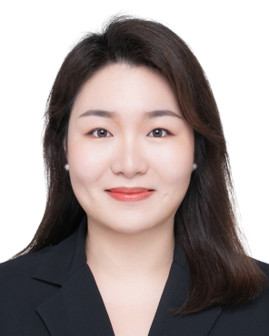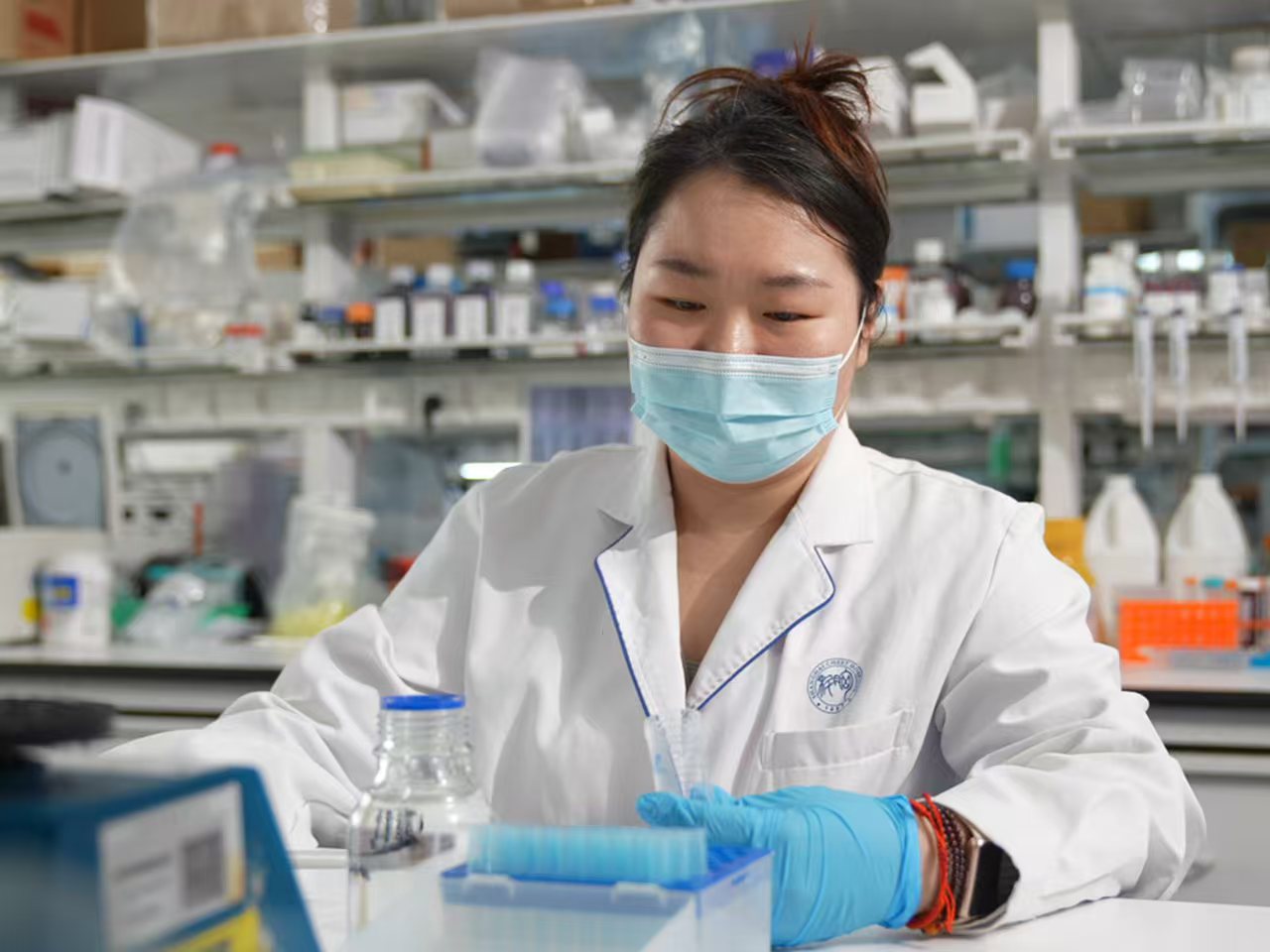Plasmonic Nanoarray for Molecular Fingerprinting of Cancer Progression

Dr. Huang Lin
Associate Professor
School of Medicine, Shanghai Jiao Tong University
*The organization and the title are those when awarded
Research summary
Metabolic biomarkers* are critical indicators in the early diagnosis of cancers, and their sensitive detection and accurate analysis are indispensable for clinical decision-making. However, conventional diagnostic methods face challenges in sample pretreatment efficiency, detection sensitivity, and data interpretation. To address these issues, Dr. Huang developed an integrated system combining solid-phase metabolic molecule separation, enhanced mass spectrometry* detection, and AI-driven metabolic profiling. By innovatively designing porous materials with size-exclusion pores and biochemical affinity probes, she established a solid-phase extraction method that improves metabolic molecule enrichment by over 1,000-fold compared to conventional techniques. This breakthrough eliminates complex sample pretreatment steps and enables efficient biomarker isolation from minute clinical samples. Furthermore, through precise control of photothermal-electrochemical interactions, she engineered nanostructured substrates to amplify mass spectrometry signals, achieving single-cell-level detection sensitivity and 95% metabolite coverage. This surpasses the limitations of traditional liquid chromatography-mass spectrometry methods in throughput and detection range. Finally, by developing a deep neural network model*, she created a multi-cancer metabolic atlas that integrates high-dimensional data from clinical cohorts. This AI model achieves over 90% diagnostic accuracy for challenging cancers such as lung cancer, colorectal cancer, and cholangiocarcinoma, significantly outperforming conventional biomarker analysis methods. These technologies eliminate the need for invasive biopsies and enable rapid, high-precision cancer diagnosis. Beyond oncology, this interdisciplinary approach can be adapted for applications in precision medicine*, pharmaceutical development, and metabolic disease research.


Introduction to Research





